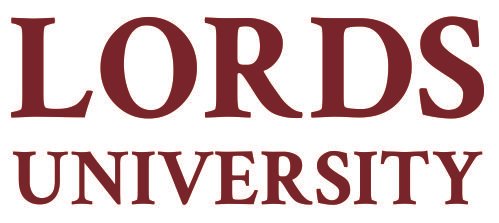The Rise of Smart Devices: How the Internet of Things is Reshaping Our World
We live in a world where individuals' daily lives depend on technology.The proliferation of technology impacts each stage of our lives. At home, IoT-enabled lighting devices, and security cameras have made our lives effortless. In today’s fast-paced world, the significant advancement in technologies and their proliferation with the Internet of Things have made it easier for us to control our immediate surrounding environment through technology. These technologies are not only smart but are also reliable. Technologies like artificial intelligence, biotechnology, cloud computing, and the Internet of Things are reshaping the world we are living in today.
What is the Internet of Things?
To understand it easily, imagine you watching your electronic devices talk to each other, for example, your shoes having a nice chat with your car, all through the internet. Well, that's the Internet of Things. When technologies are given the authority, voice, and the ability to share information, further making their lives connected, it is an apt description of the Internet of Things. And wouldn’t it be amazing if your fridge told you were running low on milk? It is all about being in a world that is more smart and efficient.
Hence, we can conclude the Internet of Things is a collective network of devices that are connected and facilitate communication between devices and the cloud, and also between the devices themselves. Today, we have extensive levels of bandwidth for telecommunications and computer chips that allow billions of devices to be connected. The devices have sensors in them, and technology that enables them to transmit and receive information seamlessly.
It would be interesting for you to know that it was a Coca-Cola Machine that was connected through the Internet. They would connect to the refrigerated appliance through the internet and could check if there was a drink available or if it was cold or not.
How is the Internet of Things helpful in day-to-day life?
The way that these technologies are integrated into our day-to-day lives and make our lives are:
In creating smart cities: IoT-enabled connected sensors that are connected to the internet and providers. A smart city should have traffic monitoring with real-time tracking and reporting of traffic. Further, it should monitor the air-quality that can be integrated into IoT sensors to identify polluters.
Smart Appliances - Electronic appliances such as fridges, TVs, washing machines, and ovens these days can now be easily managed with the help of smartphones or other electronic devices. A smart fridge can easily monitor if they are running low on groceries and let the owner know through the connected internet.
Fitness trackers - Internet of Things technology has huge potential in fitness bands and smartphones or voice commands. They can track health metrics such as heart rate, steps taken, sleep patterns, and more. They can track their health and fitness goals.
Smart home devices - There are so many Internet of Things-enabled devices in the market today, like thermostats, light locks, and security cameras which enable homeowners to control and monitor their home remotely.
Retail and inventory management - IoT sensory trackers can track and monitor product movement in stores and can even analyze how customers behave for targeted marketing strategies.
The major revolutionary change that IoT brought is the revolution in the healthcare, transportation, and manufacturing industries. The device monitoring systems enable healthcare providers to track patients and provide personalized care. On the other hand, in transportation, connected cars and smart traffic management have become more efficient. In the manufacturing industry, IoT-enabled sensors and automation technologies are optimizing production to reduce downtime, further increasing productivity and cost savings.
Challenges and Opportunities
While there are significant benefits obtained from the implementation of innovation and efficiency, they are accompanied by their own set of challenges and risks that require consideration and mitigation. The major challenge is the potential threat of cybersecurity and privacy concerns that are obvious. With so many concerns surrounding IoT like security and probable effort from cyber criminals, one needs to identify potential threats and gaps in technologies to efficiently use it. There is no stopping these upcoming technologies. Moreover, we can expect greater advancements and integration in connectivity of these technologies such as artificial intelligence and machine learning.
